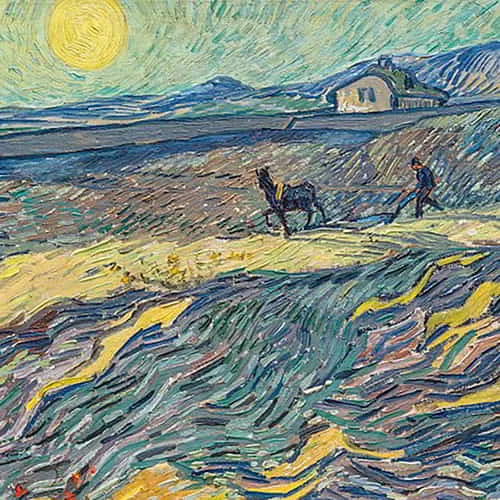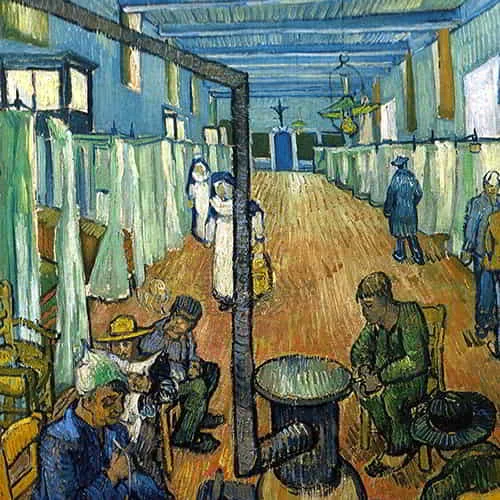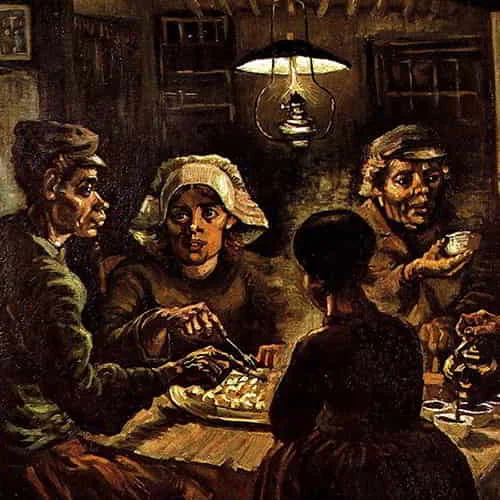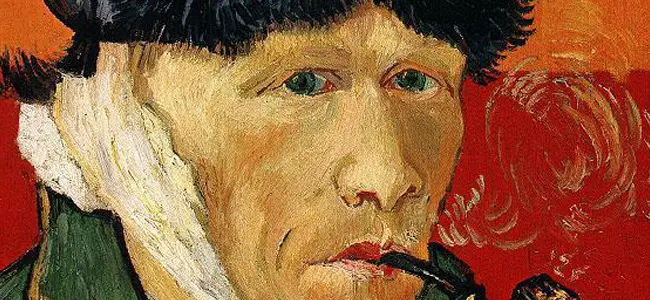Vincent's difficult relationship with his parents may have contributed to his emotional and psychological struggles later in life. He suffered from depression, anxiety, and other mental health issues, and his art was often a way for him to cope with these struggles.

social interaction
Vincent Van Gogh had a complex personal life, marked by loneliness, rejection, and unrequited love. He struggled to form lasting relationships with others, and his romantic pursuits often ended in disappointment. His paintings often convey a deep sense of emotion and feeling, and his use of color and form is influenced by his psychological state. He believed that art could provide solace and meaning in the face of life's struggles, and he sought to create works that expressed this belief.

hospitalization
After a period of great productivity, Van Gogh had a breakdown that led to a temporary hospitalization. He was diagnosed with epilepsy and spent time in psychiatric institutions over the following years. During his hospitalizations, he continued to paint, often creating works that expressed his emotional and psychological struggles. His paintings from this period are characterized by intense colors and expressive brushstrokes, which convey his inner turmoil.

Religion
Van Gogh was deeply religious and initially wanted to become a pastor like his father. However, he struggled with his faith and eventually abandoned the church. He also had a strong sense of social justice and was deeply affected by the poverty and suffering he saw around him.
